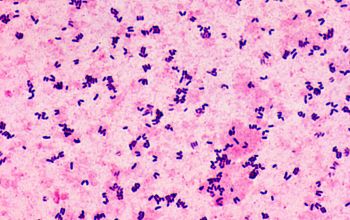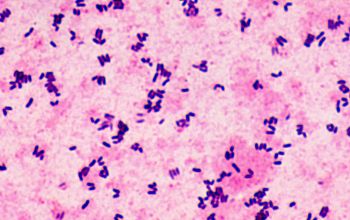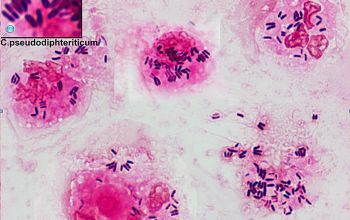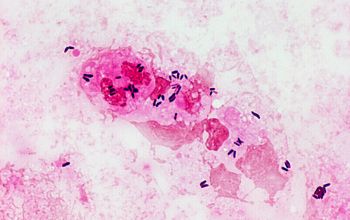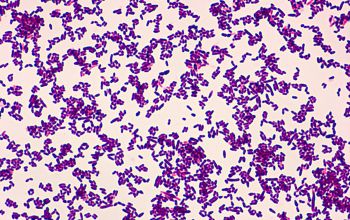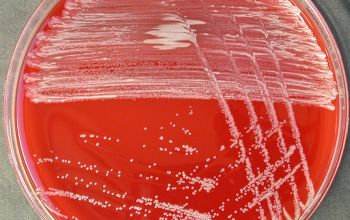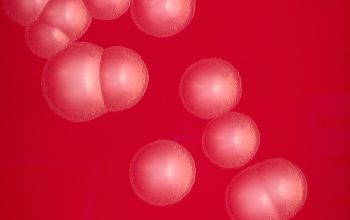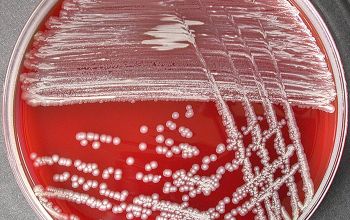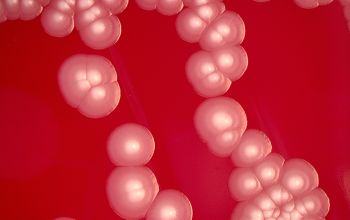Corynebacterium pseudodiphteriticum
-
General information
The pathogenic potential of coryneform bacteria has been underestimated
Taxonomy
Family: Corynebacteriaceae
Natural habitats
They are part of the normal oropharyngeal flora.
Clinical significance
C. pseudodiphteriticum is part of the oropharyngeal microbiome.
This species has been documented to cause pneumonia in various patient populations, including causing a outbreak among cystic fibrosis patients.
Other infections attributed to this agent include UTIs, wounds, endocarditis, and skin ulcers.
Most of the respiratory disease occurred in immunosuppressed hosts.
-
Gram stain
Gram positive rods,
irregularly shaped (‘coryneforms”), they are arranged as single cells, in pairs, in V forms, in palisades, or in clusters with
a so-called Chinese-letter appearance.
Club-shaped rods are observed in true members of the genus Corynebacterium only
-
Culture characteristics
-
Obligate aerobic
BA: colonies are whitish, and slightly dry, entire edges and 1 to 2 mm after 48 hours of incubation.
McConkey: no growth
BBAØ: no growth
-
-
Characteristics
-
References
James Versalovic et al.(2011) Manual of Clinical Microbiology 10th Edition
Karen C. Carrol et al (2019) Manual of Clinical Microbiology, 12th Edition
Clinical Microbiology of Coryneform Bacteria Guido Funke Clin Microbiol Reviews, jan 1997

